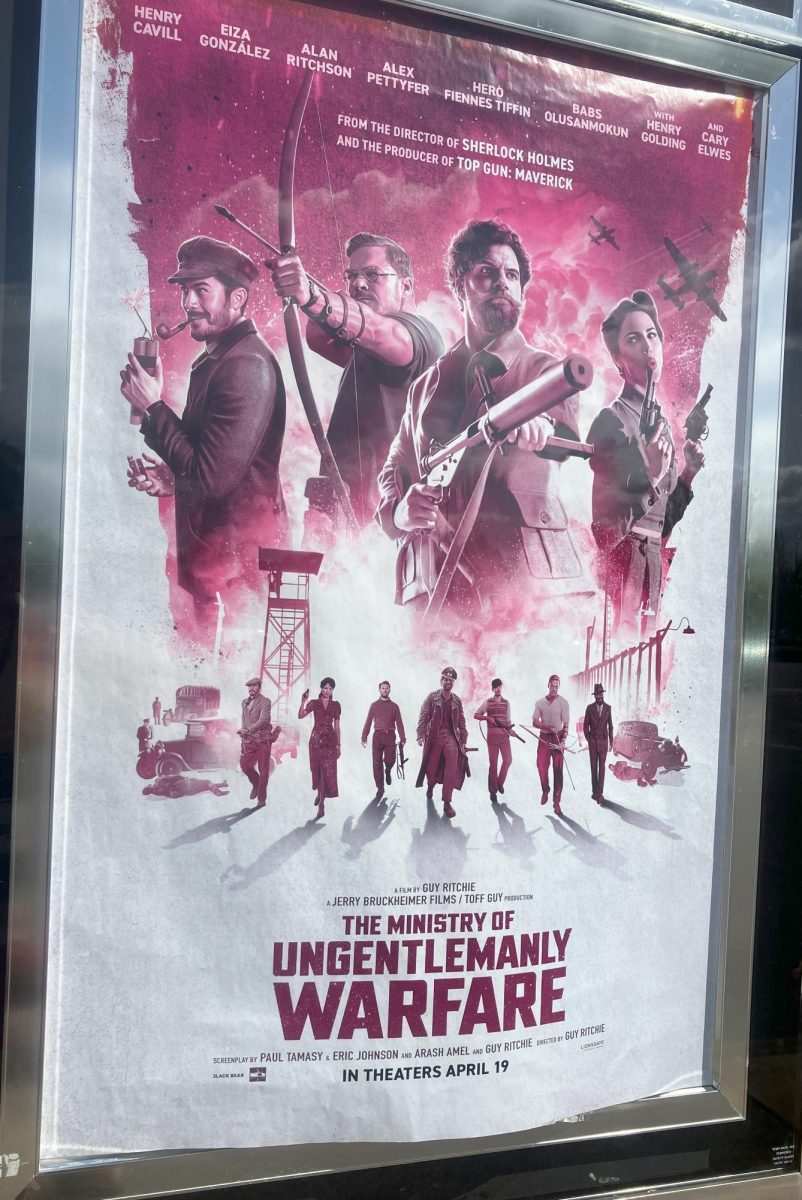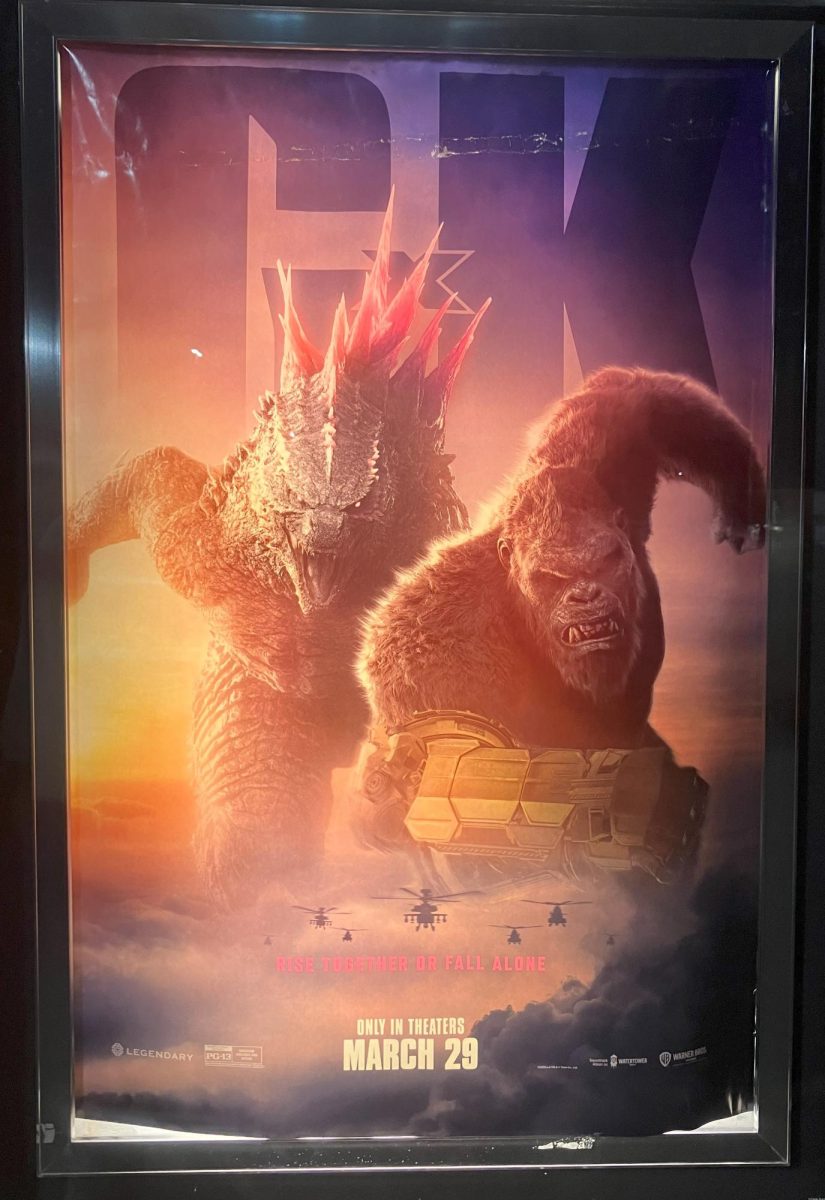Kelley Hungerford
It’s an infamous project in Linfield’s art department, but it’s simple in theory: Give 16 students boxes of toothpicks and bottles of glue and see what happens. This was one of the assignments that Totem Shriver, adjunct professor of arts and visual culture, presented to his January Term image management class.
The guidelines were few: Build a 2-by-2 foot organic sculpture, meaning one that reflects the natural and not the man-made world, from toothpicks and wood glue.
“Toothpicks are little straight lines that look innocent in the box…but when you want to create something structurally sound and aesthetically pleasing, it’s challenging,” Shriver said.
To assist brainstorming, Shriver showed his class a film about architect Frank Gehry, who designs buildings using I-beams, which are, like the toothpicks, straight. Then, students drew quick sketches of their project ideas. But, as sophomore Jordan Augustadt found, these initial doodles were not as helpful as they seemed.
“I realized after about a day’s worth of work that [the sketch] wasn’t going to work,” he said.
Augustadt said he built his sculpture, “Conflict Theory,” which is on display in the Nicholson Library with the rest of the class’s work, by first fashioning small segments and later gluing them all together. The reason for this, he said, is that wood glue takes a long time to dry.
His end result, he said, was completely different than his original idea.
“It’s not [a project] for people who have to have things in order and have to have a plan,” he said. “Even by the last day you’re not sure what’s going to happen.”
Augustadt wasn’t the only student who discovered problems along the way. Freshman Cassie Kwon, whose sculpture is titled “Crane,” said it was a challenge to build not only outward, but upward.
“I had to make up ways to, I guess, play with gravity,” she said.
With the class meeting five hours a day for four days a week, Kwon said she found it difficult to get away from the project. She said that she kept thinking, “toothpicks and glue, toothpicks and glue,” even in her room.
Shriver added another element to the short list of materials: imagination. He said students were often unsure of which direction to take their projects because of their constantly changing ideas. According to the project statement, everything from material limitations to frustration to seeing the progress of others had an influence on their ideas.
“When you’re unsure where you’re going, it’s hard to move forward,” he said. “But really successful artists move forward.”
While many students initially claimed utter loathing for this assignment, Shriver said that after extensive effort and time with their projects, students become increasingly satisfied and proud of their work. Kwon said she began to appreciate her piece a few days after she completed it and that the process developed her appreciation for abstract, 3-D art.
Ultimately, Shriver said, the project is about problem solving.
“I talked a lot about problem solving, and I realized that problem solving is the same as creative thinking, which is the same as design, which is the basis of this class,” he said.
So, if the problem is how one completes a sculpture such as this, then the project statement provides a solution: “One toothpick at a time!”






